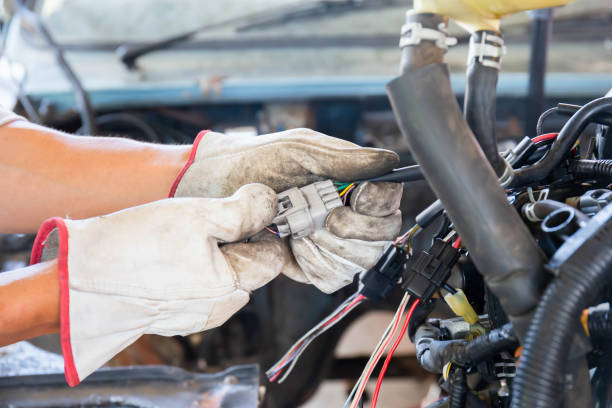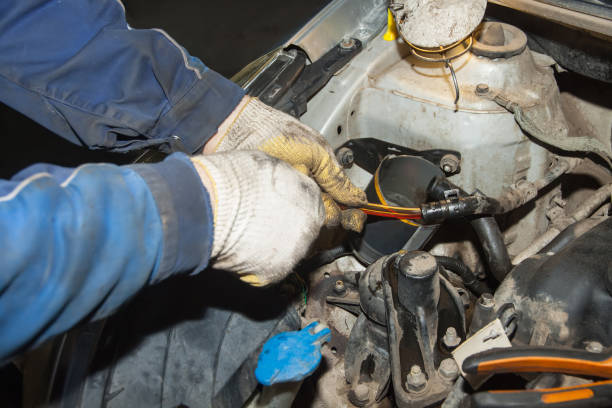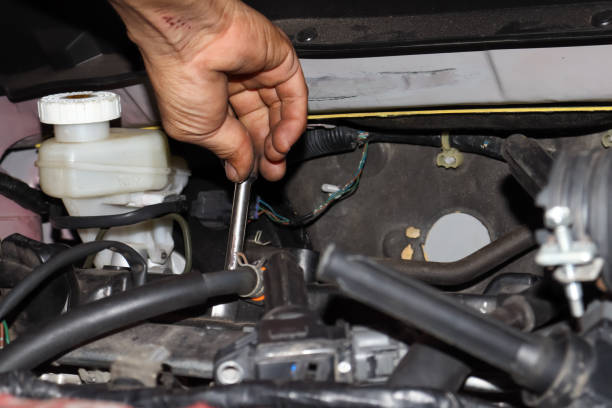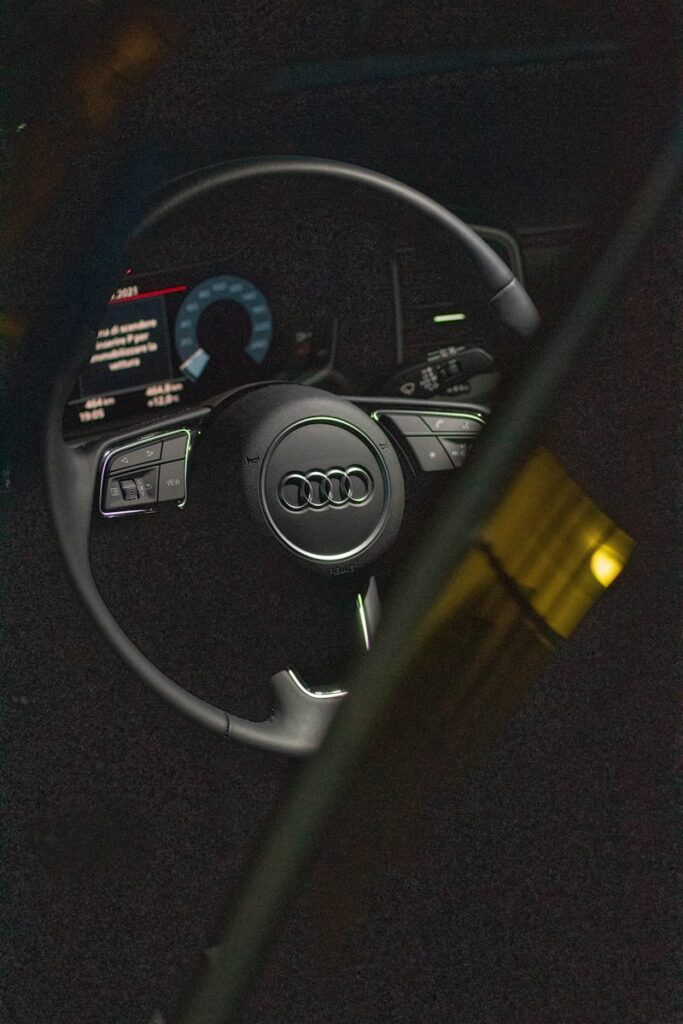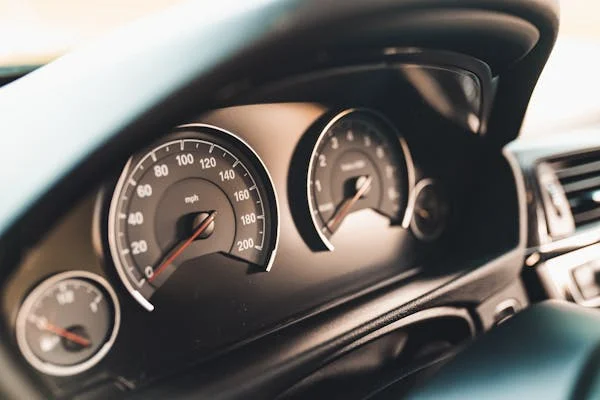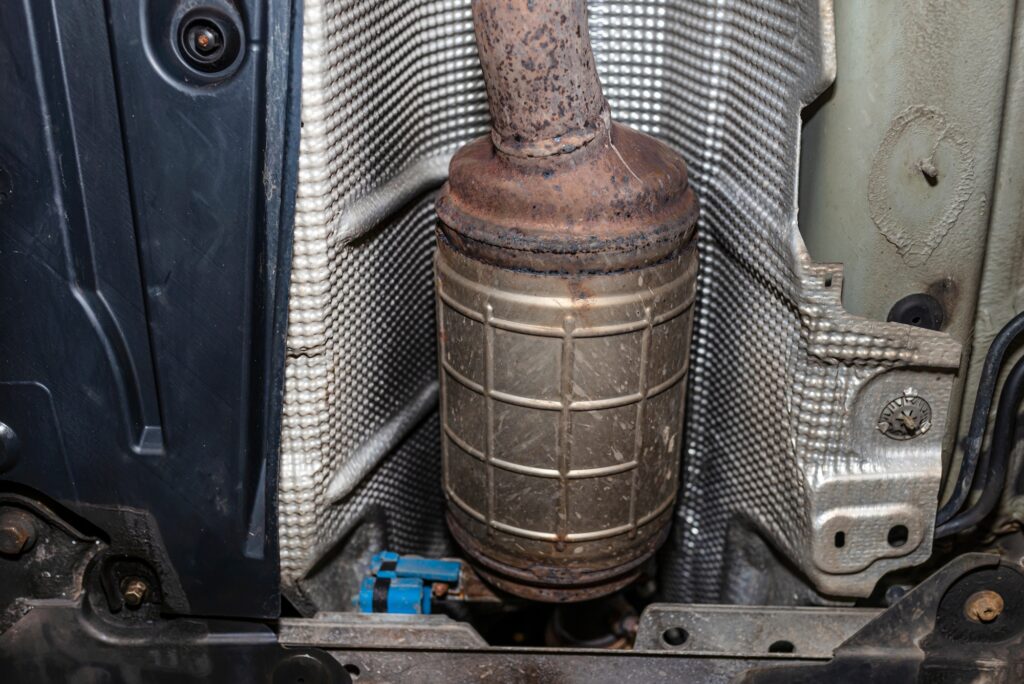Lambda Sensor Will Fit My Car maintaining the performance and efficiency of your vehicle, ensuring that you have the correct lambda sensor installed is crucial. Lambda sensors, also known as oxygen sensors, play a pivotal role in monitoring the exhaust gases and ensuring that the engine is running at optimal efficiency. However, with the wide variety of sensors available on the market, choosing the right one for your car can be a daunting task. This comprehensive guide will walk you through the essential steps to determine which lambda sensor is suitable for your vehicle, ensuring optimal performance and compliance with emission standards.
Understanding Lambda Sensors
Before diving into the specifics of choosing the correct sensor, it’s important to understand what a lambda sensor is and how it functions. Lambda sensors measure the amount of oxygen in the exhaust gases leaving the engine. This data is used by the engine control unit (ECU) to adjust the air-fuel mixture for optimal combustion. By doing so, lambda sensors help in reducing emissions, improving fuel economy, and enhancing engine performance.
There are generally two types of lambda sensors:
- Pre-Catalytic Converter (Upstream) Sensors: These sensors are located before the catalytic converter and are responsible for monitoring the efficiency of the combustion process.
- Post-Catalytic Converter (Downstream) Sensors: These sensors are placed after the catalytic converter and are primarily used to monitor the performance of the catalytic converter.
Identifying Your Vehicle’s Lambda Sensor Specifications
To determine the correct lambda sensor for your car, follow these steps:
1. Consult Your Vehicle’s Owner Manual
Your vehicle’s owner manual is an invaluable resource when it comes to identifying the correct lambda sensor. It typically contains detailed information on the specifications of parts including the lambda sensor. Look for sections related to emissions or exhaust system components.
2. Check the Existing Sensor
If you have access to the existing lambda sensor, checking its part number is one of the most straightforward ways to ensure compatibility. The part number is usually stamped or printed on the sensor itself. Cross-referencing this number with those provided by sensor manufacturers can help you find a suitable replacement.
3. Know Your Vehicle’s Make, Model, and Year
Lambda sensors are designed to fit specific vehicle makes, models, and years. Make sure you have this information at hand when searching for a replacement. This data is critical as even minor variations in vehicle design can necessitate different sensors.
4. Understand the Sensor Type
As mentioned earlier, there are different types of lambda sensors. Knowing whether you need an upstream or downstream sensor is essential. Some vehicles may also have multiple sensors, so ensure you know how many you need to replace.
5. Check for Additional Features
Some lambda sensors come with additional features such as heated elements to improve performance. Verify if your vehicle requires a heated sensor or any other specific features.
Finding the Right Lambda Sensor
Once you have gathered the necessary information, the next step is to find a lambda sensor that matches your vehicle’s specifications. Here’s how you can go about it:
1. Consult with a Professional Mechanic
If you are unsure about the specifications or need assistance in choosing the right sensor, consulting a professional mechanic can be very helpful. Mechanics have access to databases and resources that can identify the correct part for your vehicle based on its VIN (Vehicle Identification Number).
2. Use Online Parts Catalogs
Many online retailers and auto parts stores offer parts catalogs where you can enter your vehicle’s details and find compatible lambda sensors. Websites like RockAuto, AutoZone, and Advance Auto Parts allow you to search for parts based on your car’s make, model, and year.
3. Check Manufacturer’s Compatibility Lists
Lambda sensor manufacturers often provide compatibility lists or tools on their websites to help you find the correct sensor. Brands like Bosch, Denso, and NGK offer online tools where you can input your vehicle’s details to get recommendations.
4. Verify the Sensor’s Specifications
Ensure that the lambda sensor you are considering matches the specifications required for your vehicle. Pay attention to the connector type, thread size, and the length of the sensor. Even small discrepancies can lead to installation issues or malfunction.
Installation Tips and Considerations
Installing a lambda sensor is typically a straightforward process, but there are a few tips and considerations to keep in mind:
1. Ensure Proper Installation
Follow the manufacturer’s instructions for installation to ensure the sensor is fitted correctly. A poorly installed sensor can lead to performance issues and may even cause damage to the engine or exhaust system.
2. Use the Right Tools
Having the right tools for installation is crucial. A lambda sensor socket or an oxygen sensor socket can make the job easier. Ensure you have the appropriate tools to remove the old sensor and install the new one.
3. Check for Leaks
After installation, check for any exhaust leaks around the sensor. Leaks can affect sensor performance and lead to inaccurate readings.
4. Reset the ECU
In some cases, you may need to reset the ECU after installing a new lambda sensor. This can usually be done by disconnecting the car battery for a few minutes or using an OBD-II scanner.
Common Issues and Troubleshooting
Here are some common issues related to lambda sensors and how to address them:
1. Check Engine Light
If the check engine light comes on after installing a new lambda sensor, it could indicate a problem with the installation or the sensor itself. Use an OBD-II scanner to diagnose the issue.
2. Poor Fuel Economy
If you notice a drop in fuel economy after replacing the sensor, it could be due to a faulty sensor or improper installation. Recheck the installation and consider having the sensor tested.
3. Increased Emissions
Increased emissions can be a sign of a malfunctioning lambda sensor. Ensure the sensor is correctly installed and functioning as intended.
Conclusion
Choosing the right lambda sensor for your vehicle is essential for maintaining optimal performance, fuel efficiency, and compliance with emission regulations. By understanding the function of lambda sensors, identifying your vehicle’s specific requirements, and using reliable sources to find compatible sensors, you can ensure a successful replacement. Consulting with professionals, using online resources, and verifying sensor specifications are key steps in making an informed decision.
Remember, a properly functioning lambda sensor not only helps in reducing emissions but also contributes to a smoother and more efficient driving experience. If in doubt, seek professional assistance to ensure that you get the right sensor for your vehicle and have it installed correctly.
maintaining the performance and efficiency of your vehicle, ensuring that you have the correct lambda sensor installed is crucial. Lambda sensors, also known as oxygen sensors, play a pivotal role in monitoring the exhaust gases and ensuring that the engine is running at optimal efficiency. However, with the wide variety of sensors available on the market, choosing the right one for your car can be a daunting task. This comprehensive guide will walk you through the essential steps to determine which lambda sensor is suitable for your vehicle, ensuring optimal performance and compliance with emission standards.
Understanding Lambda Sensors
Before diving into the specifics of choosing the correct sensor, it’s important to understand what a lambda sensor is and how it functions. Lambda sensors measure the amount of oxygen in the exhaust gases leaving the engine. This data is used by the engine control unit (ECU) to adjust the air-fuel mixture for optimal combustion. By doing so, lambda sensors help in reducing emissions, improving fuel economy, and enhancing engine performance.
There are generally two types of lambda sensors:
- Pre-Catalytic Converter (Upstream) Sensors: These sensors are located before the catalytic converter and are responsible for monitoring the efficiency of the combustion process.
- Post-Catalytic Converter (Downstream) Sensors: These sensors are placed after the catalytic converter and are primarily used to monitor the performance of the catalytic converter.
Identifying Your Vehicle’s Lambda Sensor Specifications
To determine the correct lambda sensor for your car, follow these steps:
1. Consult Your Vehicle’s Owner’s Manual
Your vehicle’s owner manual is an invaluable resource when it comes to identifying the correct lambda sensor. It typically contains detailed information on the specifications of parts including the lambda sensor. Look for sections related to emissions or exhaust system components.
2. Check the Existing Sensor
If you have access to the existing lambda sensor, checking its part number is one of the most straightforward ways to ensure compatibility. The part number is usually stamped or printed on the sensor itself. Cross-referencing this number with those provided by sensor manufacturers can help you find a suitable replacement.
3. Know Your Vehicle’s Make, Model, and Year
Lambda sensors are designed to fit specific vehicle makes, models, and years. Make sure you have this information at hand when searching for a replacement. This data is critical as even minor variations in vehicle design can necessitate different sensors.
4. Understand the Sensor Type
As mentioned earlier, there are different types of lambda sensors. Knowing whether you need an upstream or downstream sensor is essential. Some vehicles may also have multiple sensors, so ensure you know how many you need to replace.
5. Check for Additional Features
Some lambda sensors come with additional features such as heated elements to improve performance. Verify if your vehicle requires a heated sensor or any other specific features.
Finding the Right Lambda Sensor
Once you have gathered the necessary information, the next step is to find a lambda sensor that matches your vehicle’s specifications. Here’s how you can go about it:
1. Consult with a Professional Mechanic
If you are unsure about the specifications or need assistance in choosing the right sensor, consulting a professional mechanic can be very helpful. Mechanics have access to databases and resources that can identify the correct part for your vehicle based on its VIN (Vehicle Identification Number).
2. Use Online Parts Catalogs
Many online retailers and auto parts stores offer parts catalogs where you can enter your vehicle’s details and find compatible lambda sensors. Websites like RockAuto, AutoZone, and Advance Auto Parts allow you to search for parts based on your car’s make, model, and year.
3. Check Manufacturer’s Compatibility Lists
Lambda sensor manufacturers often provide compatibility lists or tools on their websites to help you find the correct sensor. Brands like Bosch, Denso, and NGK offer online tools where you can input your vehicle’s details to get recommendations.
4. Verify the Sensor’s Specifications
Ensure that the lambda sensor you are considering matches the specifications required for your vehicle. Pay attention to the connector type, thread size, and the length of the sensor. Even small discrepancies can lead to installation issues or malfunction.
Installation Tips and Considerations
Installing a lambda sensor is typically a straightforward process, but there are a few tips and considerations to keep in mind:
1. Ensure Proper Installation
Follow the manufacturer’s instructions for installation to ensure the sensor is fitted correctly. A poorly installed sensor can lead to performance issues and may even cause damage to the engine or exhaust system.
2. Use the Right Tools
Having the right tools for installation is crucial. A lambda sensor socket or an oxygen sensor socket can make the job easier. Ensure you have the appropriate tools to remove the old sensor and install the new one.
3. Check for Leaks
After installation, check for any exhaust leaks around the sensor. Leaks can affect sensor performance and lead to inaccurate readings.
4. Reset the ECU
In some cases, you may need to reset the ECU after installing a new lambda sensor. This can usually be done by disconnecting the car battery for a few minutes or using an OBD-II scanner.
Common Issues and Troubleshooting
Here are some common issues related to lambda sensors and how to address them:
1. Check Engine Light
If the check engine light comes on after installing a new lambda sensor, it could indicate a problem with the installation or the sensor itself. Use an OBD-II scanner to diagnose the issue.
2. Poor Fuel Economy
If you notice a drop in fuel economy after replacing the sensor, it could be due to a faulty sensor or improper installation. Recheck the installation and consider having the sensor tested.
3. Increased Emissions
Increased emissions can be a sign of a malfunctioning lambda sensor. Ensure the sensor is correctly installed and functioning as intended.
Conclusion
Choosing the right lambda sensor for your vehicle is essential for maintaining optimal performance, fuel efficiency, and compliance with emission regulations. By understanding the function of lambda sensors, identifying your vehicle’s specific requirements, and using reliable sources to find compatible sensors, you can ensure a successful replacement. Consulting with professionals, using online resources, and verifying sensor specifications are key steps in making an informed decision.
Remember, a properly functioning lambda sensor not only helps in reducing emissions but also contributes to a smoother and more efficient driving experience. If in doubt, seek professional assistance to ensure that you get the right sensor for your vehicle and have it installed correctly.

